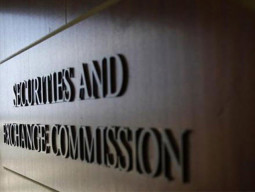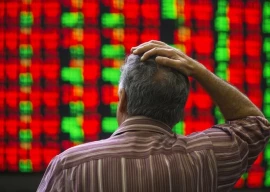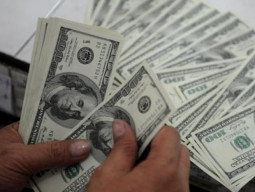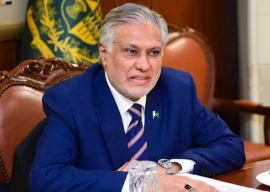
The deposits were high despite the salaried class, people mostly belonging to the middle-income group, withdrawing additional cash in the second half of March - and now in the first 10 days of April as well - to keep cash in hands to cope with the COVID-19 health crisis and lockdown, bankers told The Express Tribune.
“It is surprising to note that the deposits have consecutively grown in the first quarter (January-March 2020) as well. Historical trends suggest the deposits mostly fluctuate in the quarter,” a banker shared on the condition of anonymity.
“Some Rs800 billion cash came into the banking system after the central bank reduced the banks’ capital conservation buffer (CCoB) by one percentage point to 1.5% in late March,” he said.
After slow growth, bank deposits surge 7.43% in June 2019
The deposits usually grow in end-June and end-December quarters, when banks convince their loyal clients to deposit the cash and liquidate investment at the stock market to show notable liquidity in their annual books, another banker commented.
“The government’s high borrowing from commercial banks has created the money (triggered the multiplier effect) in the banking system,” he added.
He recalled that the International Monetary Fund (IMF) had barred the government to borrow from the central bank to overcome the shortfall in the annual budgeted spending with effect from July 1, 2019. This led the government’s return to commercial banks for the borrowing
“The government has been borrowing trillions of rupees from the banks and the borrowed money still stayed in the banking system. The double entry (deposits and lending) may have artificially created money in the system,” he said.
“The sluggish spending mostly by several businesses during the slowing down economy has contributed towards mounting the deposits,” Meezan Bank Head of Product Development and Shariah Compliance Senior Executive Vice President Ahmed Ali Siddiqui stated.
Pakistan’s economy has remained locked in the recovery phase over the past three years. It was ready to take-off towards assumed growth in the months around, but COVID-19 has once again hit the economy hard, which slowed down to a nine-year low at 3.3% in FY19. Some economists speculated recession for the first time in history in the domestic economy this year - FY20.
He, however, did not rule out the growth in the deposits that came after banks attracted fresh investment from people and businesses in their schemes offering a high fixed rate of return between 12-14% per year.
Banks usually offer fixed deposit schemes at times when the benchmark interest rate stands high in the country. The schemes attract cheaper deposits from investors in the schemes rather than the banks borrow the required cash from the central bank at a high-interest rate to meet the growing demand for cash coming from borrowers.
The government has remained the single largest borrower from commercial banks since July 2019. Interestingly, this is the period when the benchmark interest rate stood at an eight-year high at 13.25% from July 2019 to March 19, 2020.
People had withdrawn high amounts of cash from banks in the recent past after the government launched crackdown against fictitious (benami) bank account holders and doubled the rate of withholding tax (WHT) on withdrawal of cash by non-filers, he remarked.
Recently, an increased number of people have become tax return filers and their confidence has slowly restored over the banking system that had shattered due to the then crackdown. The change in the situation may have led people to deposit cash at banks, he said.
Besides, the government has continued to print money to increase lending under different schemes like agriculture credit, subsidised financing for exporters and small and medium-sized entrepreneurs (SMEs) to meet other ends. “All this money comes into the banking system,” said another banker.
The deposits had stood at Rs13.45 trillion in March 2019, which were 7% higher compared to Rs12.57 trillion in March 2018, according to the State Bank of Pakistan.
In Pakistan, Islamic banks’ deposits dip due to overregulation
The banker said deposits mostly fluctuates when farmer harvest major crops like wheat cotton, sugarcane, rice and maize during winter and summer seasons.
Siddiqui said the spending by almost everyone; including businesses and people have dropped significantly in the lockdown. “Many businesses are lying closed under the lockdown and people are making only essential spending like buying grocery and medicines and abandoned dining out, outing and shopping.”
However, people wanted to keep cash in hands to cope with these testing times.
The central bank is seen injecting short-term (for 5-10 days) money into the system since the beginning of March. The bank does it on a regulator basis, but sometimes more frequently as of these days.
Published in The Express Tribune, April 12th, 2020.
Like Business on Facebook, follow @TribuneBiz on Twitter to stay informed and join in the conversation.






1726054615-0/OpenAI-(2)1726054615-0-270x192.webp)











COMMENTS
Comments are moderated and generally will be posted if they are on-topic and not abusive.
For more information, please see our Comments FAQ